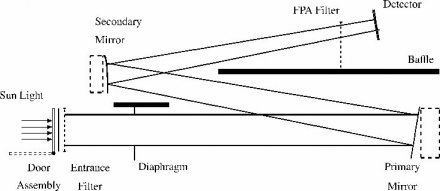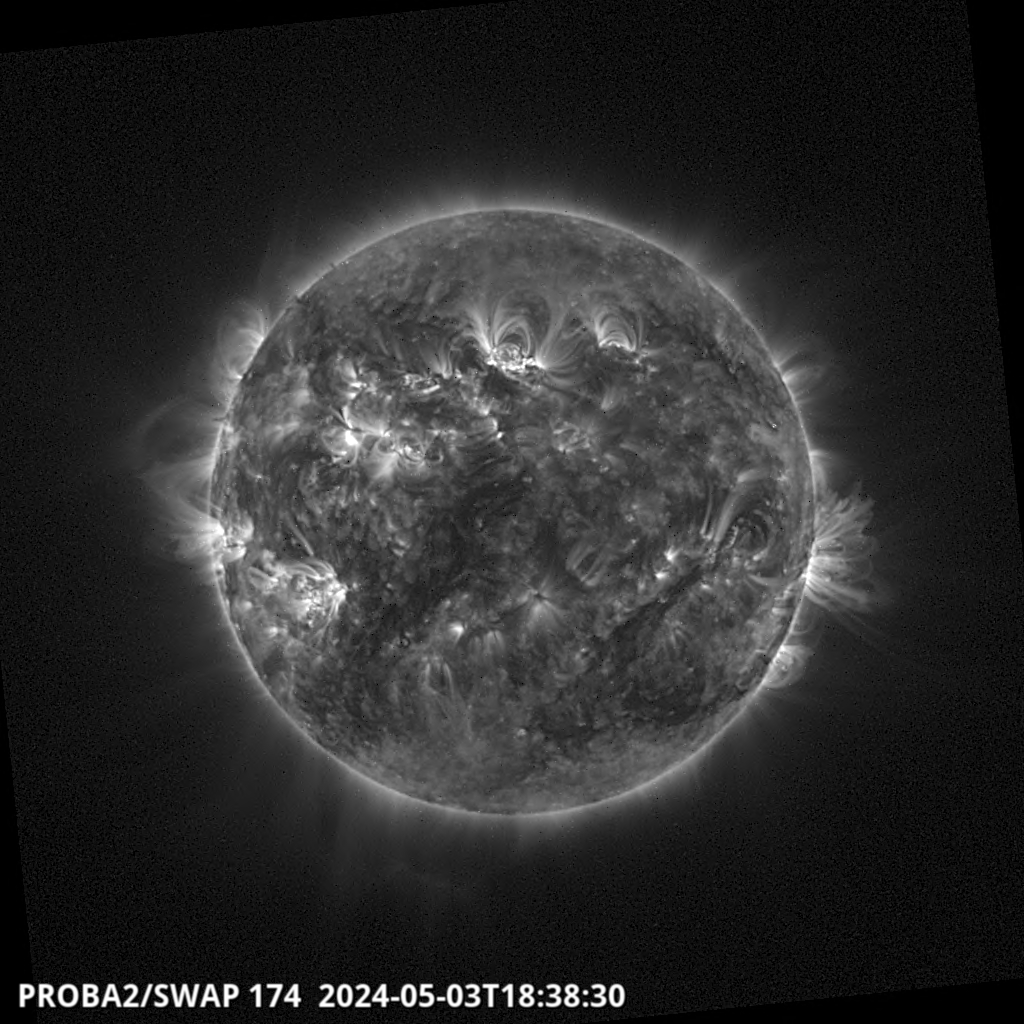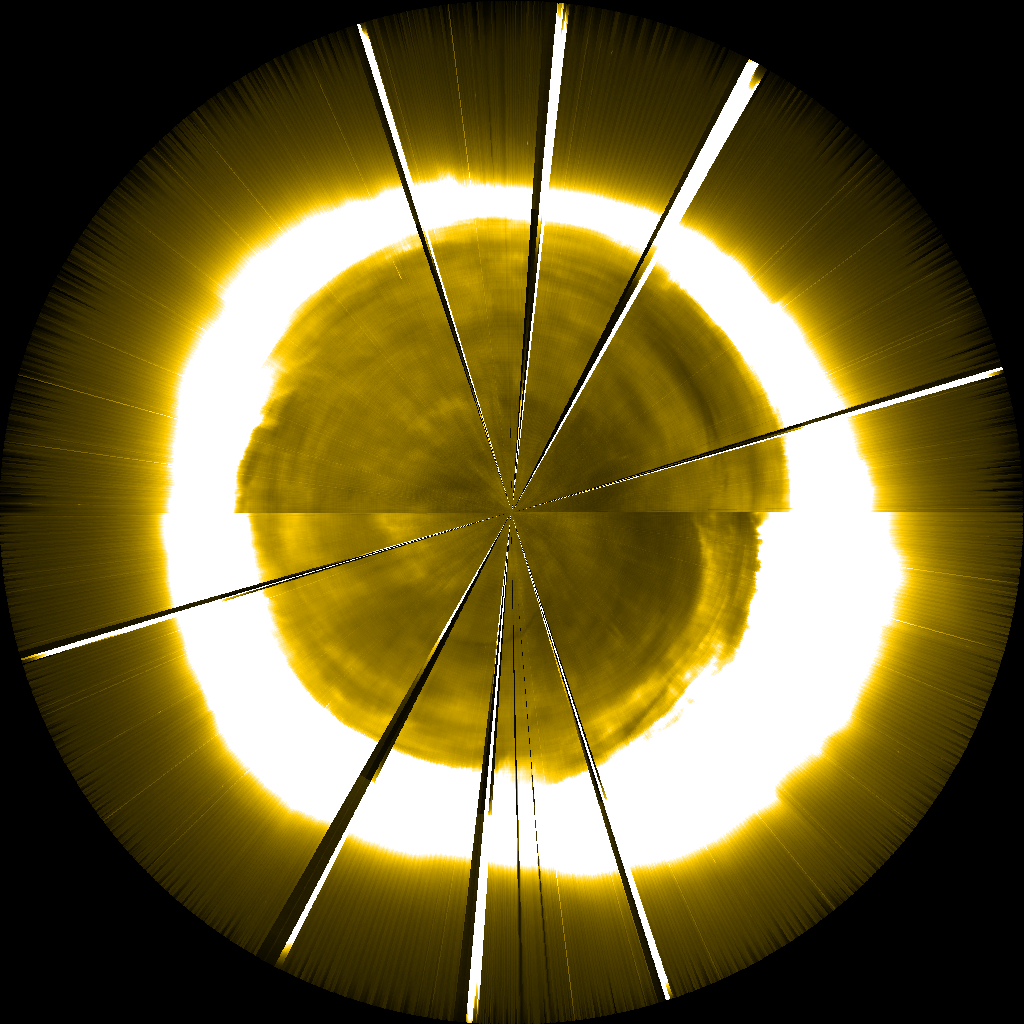
- General overview of the SWAP optical path
The overall optical elements are mounted on an optical bench to provide the necessary stability. The spectral selection is achieved with a set of aluminum foil filters, together with EUV reflective multilayer coatings deposited on the mirrors. The two aluminum filters are both supported, the front filter by a polyimide membrane and the rear filter by a nickel grid. The grid will cause an artificial pattern on the detector but since it is only present in the rear filter (which is the closest to the focus) no diffraction patterns will be visible.
The instrument is encased in a light weight housing equipped with an aperture mechanism to preserve the optical cavity from external contamination during on-ground activities and the launch phase. SWAP is mounted on the spacecraft platform with a set of isostatic flexible mounts.
The optics are manufactured and polished to a microroughness below 0.5 nm, then glued into dedicated mounts and coated. The optical coating is a multilayer composed by about 30 alternating layers of two different materials (Mo and Si). The overall stack is specifically designed to provide reflectivity in the extreme ultraviolet range, and to achieve the spectral selection in a narrow band pass (1.5 nm) centered on 17.5 nm. The accuracy on central wavelength adjustment is within +/- 0.2 nm.





